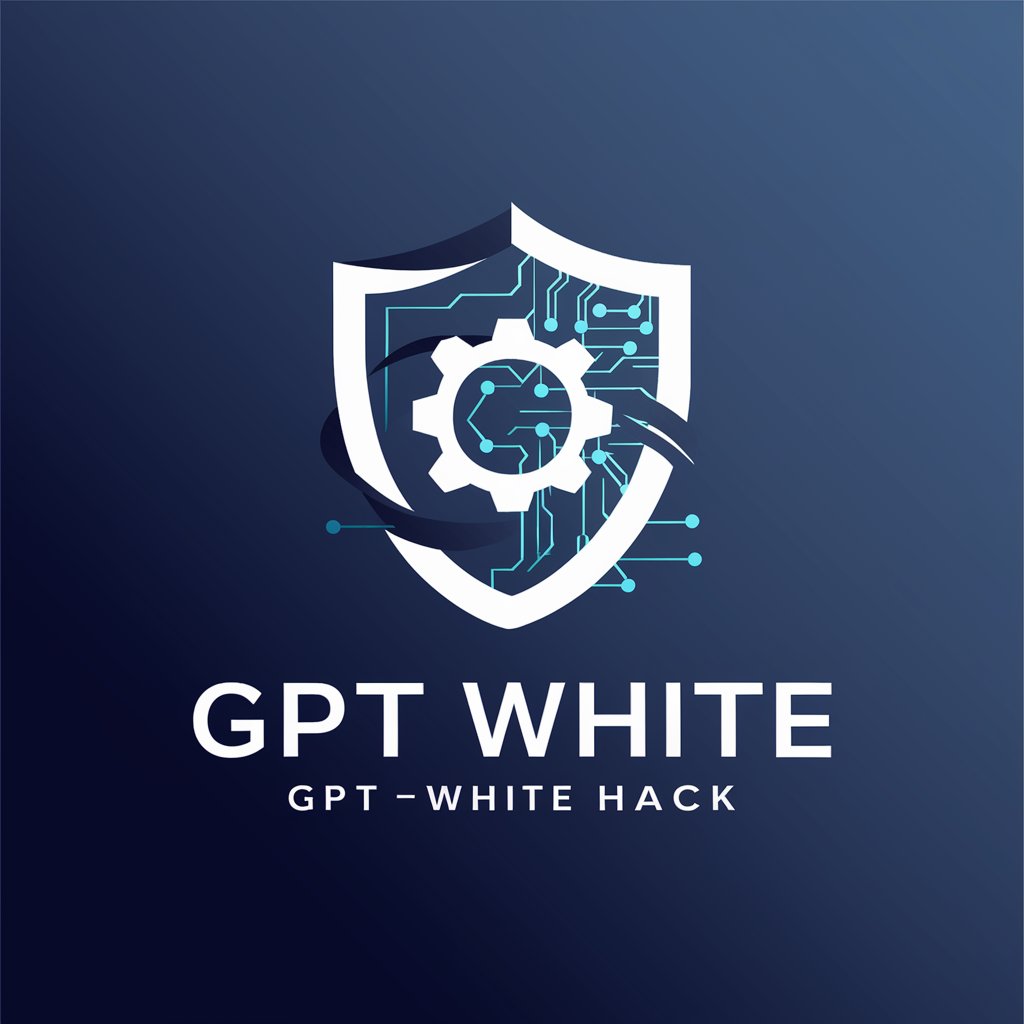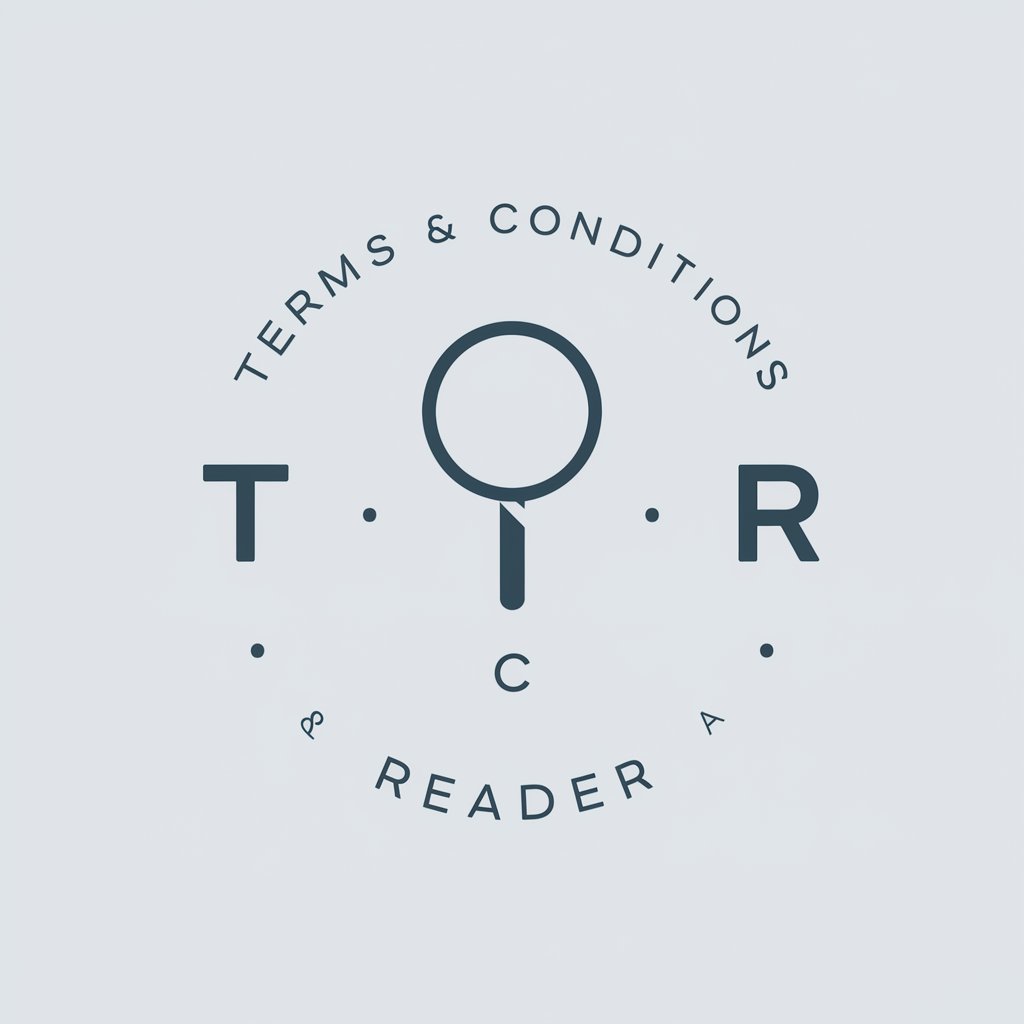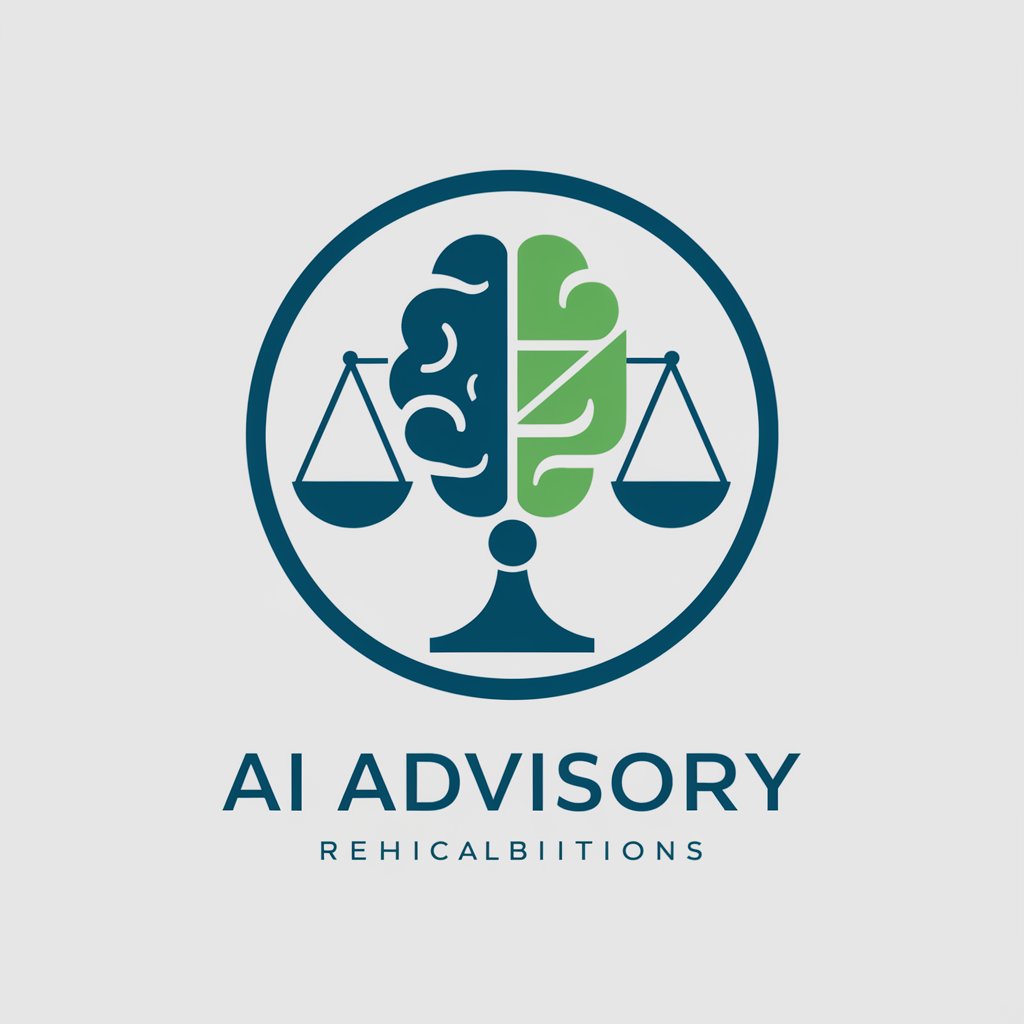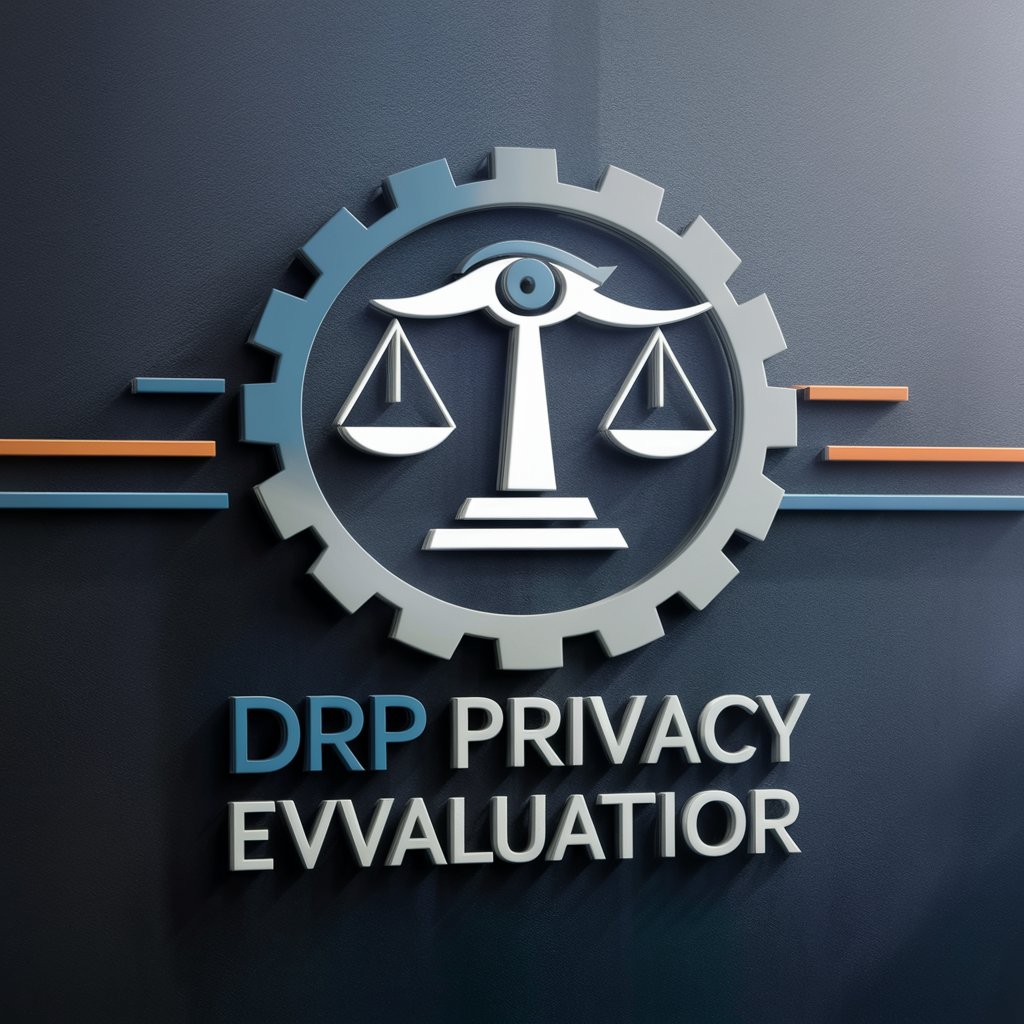8 GPTs for Privacy Analysis Powered by AI for Free of 2025
AI GPTs for Privacy Analysis refer to the application of Generative Pre-trained Transformers within the realm of privacy and data protection. These tools leverage AI's advanced natural language processing capabilities to analyze, identify, and address privacy concerns in data. They are essential for ensuring compliance with data protection laws, evaluating privacy policies, and conducting risk assessments. By understanding the nuances of privacy-related language and requirements, AI GPTs offer tailored solutions to safeguard personal information.
Top 8 GPTs for Privacy Analysis are: GPT White Hack,Federated Learning Guide,OLD_Privacy BOT - [ApuKapadia Papers],Terms & Conditions Reader,Ethical AI Advisor,DRP Privacy Evaluator,Fine Print Filter,Privacy Guard
GPT White Hack
Fortifying AI with Advanced Security

Federated Learning Guide
Unlocking Federated Learning with AI

OLD_Privacy BOT - [ApuKapadia Papers]
Enhancing privacy research with AI
![OLD_Privacy BOT - [ApuKapadia Papers] in GPT Store](https://r2.erweima.ai/i/mCwepbm6SLGj8PJwkRcivA.png)
Terms & Conditions Reader
Decoding legalese with AI power

Ethical AI Advisor
Navigating AI Ethics with Expertise

DRP Privacy Evaluator
Evaluating Privacy with AI Precision

Fine Print Filter
Automating Document Diligence with AI

Privacy Guard
Simplifying Privacy Policy Complexity

Essential Characteristics and Capabilities
AI GPTs for Privacy Analysis are equipped with several unique features that make them highly adaptable and efficient. Key capabilities include natural language understanding for policy evaluation, automated risk assessment algorithms, and the ability to generate privacy-compliant documents. They can be customized to perform a range of tasks from simple data anonymization to complex privacy impact assessments. Special features might include technical support for various programming languages, web searching for the latest privacy laws, image processing for sensitive information detection, and data analysis tools for uncovering potential privacy vulnerabilities.
Who Benefits from Privacy Analysis AI?
AI GPTs tools for Privacy Analysis cater to a broad audience, including privacy novices, software developers, and data protection professionals. They are designed to be accessible to users without programming skills, providing intuitive interfaces and guidance. For those with technical expertise, these tools offer advanced customization options, enabling users to tailor the AI's capabilities to specific privacy analysis tasks or regulatory requirements.
Try Our other AI GPTs tools for Free
Fairness Evaluation
Explore AI GPT tools for Fairness Evaluation: advanced solutions designed to ensure AI systems operate with equity and inclusivity. Perfect for developers, researchers, and ethicists committed to responsible AI.
Transparency Guidelines
Explore how AI GPTs for Transparency Guidelines revolutionize clarity and accountability across sectors with adaptable, user-friendly solutions.
Sustainability Support
Discover how AI GPTs for Sustainability Support leverage advanced AI to offer tailored solutions for environmental and sustainability challenges, enhancing decision-making and innovation.
Asset Security
Explore AI GPTs for Asset Security, cutting-edge tools designed to safeguard physical and digital assets through predictive analytics, real-time monitoring, and adaptive threat mitigation.
Outcome Improvement
Discover how AI GPTs for Outcome Improvement leverage advanced AI to enhance decision-making and strategies across various domains, offering tailored, accessible solutions for everyone.
Bathroom Renovation
Discover how AI GPTs can transform your bathroom renovation with tailored design insights, technical advice, and project management solutions.
Expanding the Scope of Privacy Solutions
AI GPTs function as highly adaptable tools that can be customized for diverse sectors, including healthcare, finance, and e-commerce. They offer user-friendly interfaces that simplify complex privacy analysis tasks, making privacy protection accessible to a wider audience. Moreover, their integration capabilities allow for the enhancement of existing systems or workflows with advanced privacy analysis functions.
Frequently Asked Questions
What is AI GPT for Privacy Analysis?
It's an AI tool designed to analyze and manage privacy concerns using natural language processing to ensure data protection compliance and risk assessment.
How do AI GPTs improve privacy assessments?
They automate the detection of privacy risks, analyze policies for compliance, and can generate privacy-aware documents, making the process faster and more efficient.
Can non-technical users operate these AI GPTs?
Yes, they are designed with user-friendly interfaces that guide non-technical users through privacy analysis tasks without requiring coding knowledge.
Are there customization options for developers?
Absolutely, developers can access APIs and programming interfaces to customize the AI's functionality for specific privacy analysis requirements.
How do AI GPTs stay updated with privacy laws?
They utilize continuous learning and web searching capabilities to stay informed about the latest privacy regulations and compliance requirements.
Can these tools detect sensitive information in images?
Yes, some AI GPTs for Privacy Analysis are equipped with image processing capabilities to identify and protect sensitive information in visual data.
What kind of privacy documents can AI GPTs generate?
They can produce various documents, including privacy policies, compliance reports, and risk assessment analyses, tailored to specific legal standards.
Is it possible to integrate AI GPTs with existing systems?
Yes, these tools often offer integration options, allowing them to be seamlessly incorporated into existing data management or analysis workflows.